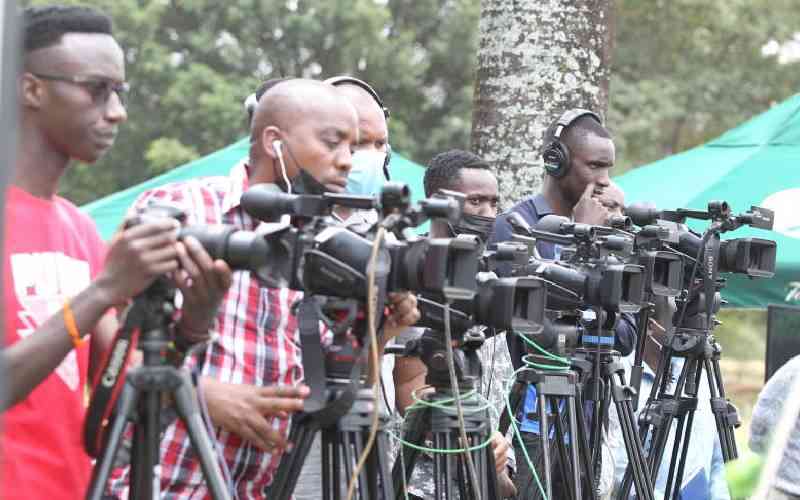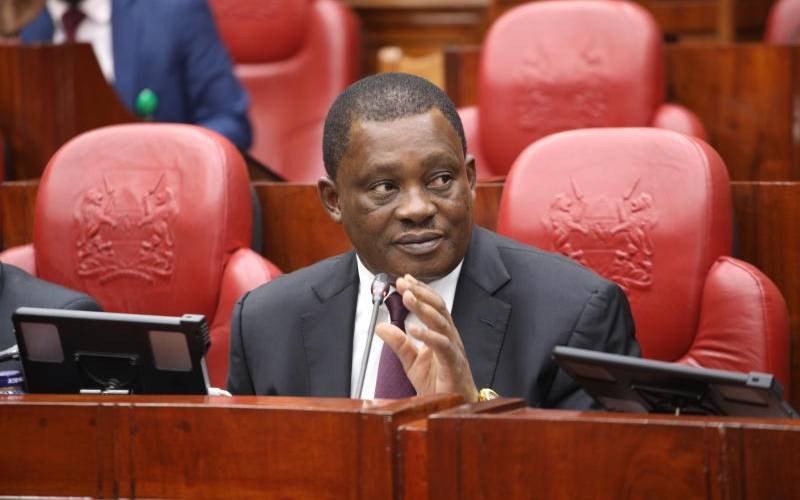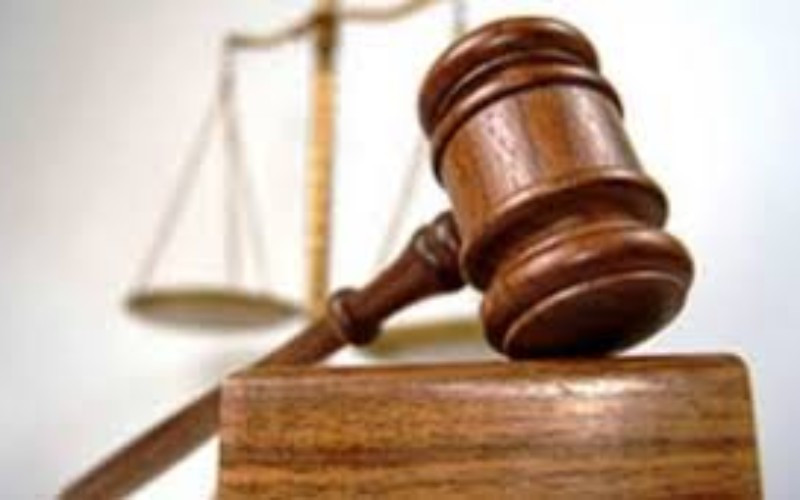The new media laws prevent journalists from properly and adequately investigating and reporting corruption, the industry regulator has said.
The new media laws prevent journalists from properly and adequately investigating and reporting corruption, the industry regulator has said.
A report by the Media Council of Kenya (MCK) indicates that 68 per cent of respondents believe the Kenyan Information and Communications (Amendment) Act (KICA) 2013 and the fines and penalties it imposes are major obstacles for journalists reporting on issues related to governance.
Another 58 per cent of those interviewed said political threats, including intimidation, censorship and attacks on the media and journalists, hinder investigations and reporting of stories on misuse of public funds.
Some 57 per cent said the State-owned broadcaster, Kenya Broadcasting Corporation (KBC), had failed to report objectively on governance issues.
"The Kenyan media has been accused of reporting on simplistic presentations at the expense of serious content, deep analysis and hard facts like failure in governance," said MCK CEO Haron Mwangi when he released the report in Eldoret.
Mwangi noted the report had analysed content of the five leading TV stations and four newspapers with the highest circulation, and established they were dominated by soft entertainment content of commercial rather than human interest.
The report highlighted what it called sensationalised coverage of the tension between the Judiciary and the Executive, the presidential appointments, audit of the counties and the fallout between governors and senators.
"We also looked at the principles of governance, rule of law, accountability and transparency, equity and inclusivity, effectiveness and efficiency," he stated.
The research study sampled reporters, news anchors, correspondents and sub editors. It was also revealed that 38 threats on journalists were reported in the past six months.
"Majority of news stories analysed had two or more sides (87 per cent) while 13 per cent of the broadcast stories were one-sided.
"Equity and inclusiveness as a principle of good governance demands that the media be balanced and fair in their reporting of all parties and sides of the story," stated a clause of the key findings.
But of particular concern was the under-representation of women as news sources and subjects on the issue of appointments.
About 70 per cent of the news sources were men.
Stay informed. Subscribe to our newsletter
 The Standard Group Plc is a
multi-media organization with investments in media platforms spanning newspaper
print operations, television, radio broadcasting, digital and online services. The
Standard Group is recognized as a leading multi-media house in Kenya with a key
influence in matters of national and international interest.
The Standard Group Plc is a
multi-media organization with investments in media platforms spanning newspaper
print operations, television, radio broadcasting, digital and online services. The
Standard Group is recognized as a leading multi-media house in Kenya with a key
influence in matters of national and international interest.
 The Standard Group Plc is a
multi-media organization with investments in media platforms spanning newspaper
print operations, television, radio broadcasting, digital and online services. The
Standard Group is recognized as a leading multi-media house in Kenya with a key
influence in matters of national and international interest.
The Standard Group Plc is a
multi-media organization with investments in media platforms spanning newspaper
print operations, television, radio broadcasting, digital and online services. The
Standard Group is recognized as a leading multi-media house in Kenya with a key
influence in matters of national and international interest.





